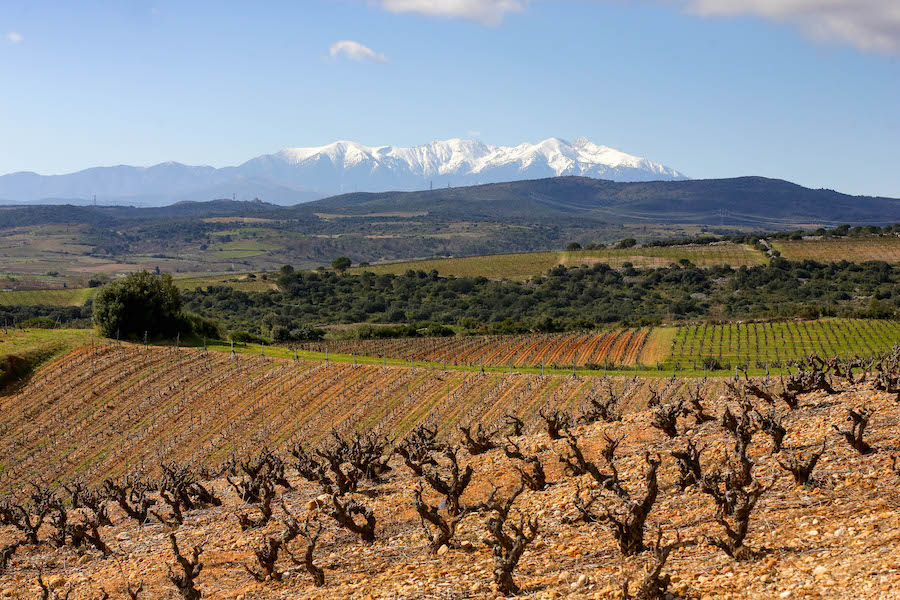As we explained in our first post on terroir… this French word is a great place to start with any wine. Quite simply it means the combined effect of the climate, soil and terrain on a wine. The variation in terroir across the world can make the same grape produce distinctly different wines. Once you know what the terroir is of a region you can begin to have a good idea of the style of wine to expect. Of course there are still an abundant amount of further contributory factors that define the wine during the winemaking process but as we said at the beginning this is a good place to start. After all, winemakers, at their core, are farmers, and any good farmer will tell you it all starts with the earth beneath your feet and the atmosphere above your head. Our second instalment explains the element beneath our feet…
Part 2: Soil
Well, not just soil, sometimes it’s rock, sometimes it’s stone, sometimes it’s gravel. Put it this way there are a huge number of soil types across the wine regions of the world and all of them have a unique way of adding flavour to the wine.
Many of you will have heard of minerality, the sense that the wine has a wet stone flavour or something akin to the freshest of mountain water. This is often associated with wine grown on limestone soils such as Chablis which is a beautifully fresh and mouth-watering wine made from the Chardonnay grape in the northern tip of Burgundy – our L’Enclos Premier Cru Chablis is a SENSATIONAL example!
It is quite often you’ll hear someone say, “Oh I don’t like chardonnay but I love a good Chablis.” Now some of you may know that Chablis is made solely from Chardonnay grapes and thus look confused at this statement but of course most of us probably don’t know that fact, so saying you like Chablis but don’t like Chardonnay is understandable. Why? Because the soil in Chablis is in great contrast to other regions where Chardonnay is grown. The soil can change over a matter of miles as further south in Burgundy the limestone and clay is subtly different and the climate gets slightly hotter, thus the Chardonnay evolves different flavours – it’s all in the terroir!

I am focusing on France just because it’s where my love of wine originated and because it holds such variety across its appellations. So my next example links to our RED. JUICY. SUPERB. wine the Le Petit Mod’Amour. This comes from the Cote Catalanes, an appellation within the region of Languedoc, which is notoriously dry, arid and has poor stony soils.
How on earth do vines grow in poor soils?
Surely this will give uninspiring, vapid wines?
NO.
Vines are Darwinian, they strive to find the nutrients they need and poor soils just make them more determined, think Wim Hof climbing Everest in just a pair of shorts, these vines are the marines of the wine world and delicious wine is literally the fruits of their labours. I don’t think I’ve had a more JUICY wine than the Mod’Amour and that is partly down to the poor soil forcing the vines to find those nutrients and deliver them to the grapes which, combined with low rainfall, leads to a concentration of flavour in the grapes. That concentration of flavour can’t help but release juice into the resulting wine. From the driest of soils to the juiciest of drinks – it’s all in the terroir!

If you’ve read both our posts on terroir you’re probably starting to understand what makes a wine that you love. Of course with BOTTL we’ve provided a shortcut by categorising our wine into FRESH. JUICY. and RICH. We’ve done the work so you don’t have to! However BOTTL Uncorked is all about digging deeper (soil pun intended) and learning as much or as little as you want about the method behind the magic.
Drink climate, drink soil, drink terroir. Drink Differently.
Cheers,
Phil.


